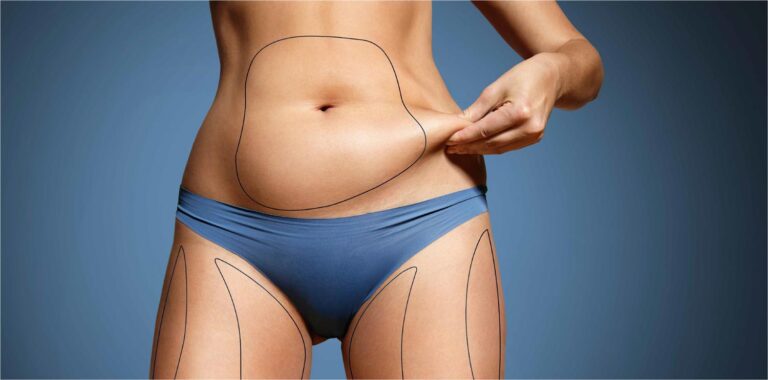A New Era of Healthcare Freedom
In recent years, wearable medical technology has redefined what it means to live with a chronic condition. Devices that once required hospital visits are now being worn comfortably on the body, quietly collecting and analyzing real time health data. This shift marks a fundamental change in healthcare, transforming patients from passive recipients into active participants in their own well being.
From smart insulin patches and heart monitors to connected biosensors, wearable MedTech allows people to manage their health with greater confidence and independence. The result is a healthcare model that focuses less on treating illness and more on empowering individuals to live freely.
The Shift from Reactive to Proactive Care
Traditional healthcare has always been reactive, providing treatment after symptoms appear. Wearable devices are changing this approach by enabling continuous monitoring that detects early warning signs before they become serious.
Sensors track heart rate, glucose levels, oxygen saturation, and other vital indicators, alerting patients and clinicians in real time. This proactive care model empowers people to make informed decisions about their lifestyle, medication, and daily routines. It transforms healthcare into an ongoing partnership between technology, physicians, and patients.
Personalization and Patient Empowerment
Every person’s body responds differently to medication, diet, and activity. Wearable devices collect unique data that enables healthcare providers to personalize care plans according to individual needs. This customization enhances treatment effectiveness while building trust between patients and medical teams.
People now have access to their own health information through intuitive apps that track patterns and progress. This visibility gives patients a sense of control over their health journey, reducing anxiety and increasing confidence in managing their condition.
The Role of Design in Everyday Freedom
The success of wearable healthcare technology depends not only on data accuracy but also on design. Comfort, ease of use, and aesthetic simplicity encourage long term adoption. Devices that are lightweight, wireless, and discreet allow users to integrate medical care naturally into their daily routines.
One example of this approach can be seen in EOFlow’s advanced wearable insulin technology. The company’s compact and tubeless insulin delivery systems are designed to blend convenience, accuracy, and patient comfort. This type of innovation allows people with diabetes to move freely, travel confidently, and maintain an active lifestyle without constant reminders of their condition.
Connecting the Dots Through Data
Wearable MedTech not only collects health data but also builds meaningful connections between patients, caregivers, and clinicians. Cloud based systems make it possible to share information instantly, allowing medical professionals to adjust treatment plans remotely and intervene when needed.
Artificial intelligence enhances this process by analyzing large volumes of data to identify patterns that may predict complications. This combination of smart technology and human insight ensures that healthcare remains both intelligent and deeply personal.
Building Confidence Through Real Time Feedback
Instant feedback is one of the most valuable aspects of wearable medical devices. Patients no longer have to wait for scheduled visits to assess their health status. Subtle alerts or app notifications provide reassurance that vital signs are within healthy ranges.
This constant awareness gives users a sense of safety and control. Instead of uncertainty, patients gain peace of mind knowing that their devices are silently monitoring their well being and helping them make informed choices every day.
Challenges on the Path to Adoption
Although wearable MedTech has immense potential, its growth depends on addressing challenges such as data security, interoperability, and user education. Patients must feel confident that their personal information is protected from misuse.
Equally important, healthcare providers need proper training to interpret device data and integrate it into patient care. Bridging these gaps will ensure that wearable technology continues to serve its true purpose of empowerment rather than creating new barriers.
A Future Centered on Freedom and Well Being
The future of wearable medical technology will focus on enhancing independence rather than managing illness. As data science, design, and empathy converge, healthcare will become more predictive, personalized, and empowering.
Innovation is not about replacing human care but extending its reach. By creating tools that help people live freely and confidently, wearable MedTech fulfills its greatest promise: transforming healthcare into a seamless part of everyday life where technology supports humanity rather than defining it.


